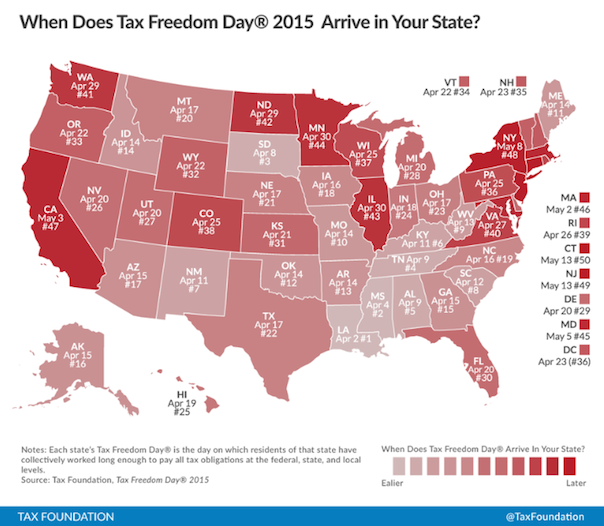Filed under: Mortgages, Real Estate, Housing Market, Home Buying, Economy

NEW YORK -- U.S. consumer confidence rebounded strongly in March amid optimism over the labor market while house prices increased in January, hopeful signs that a recent sharp slowdown in economic activity was probably a blip.
A combination of harsh winter weather, a now-settled labor dispute at the country's busy West Coast ports, softer global demand and a strong dollar dampened growth early in the first quarter.
The moderation in activity is a replay of early 2014, when an unseasonably cold winter caused a contraction in output, which was followed by a sharp rebound in growth.
Rising confidence and home prices adds to the belief that the first-quarter slowdown will be temporary.
The Conference Board said Tuesday its index of consumer attitudes rose to 101.3 this month from 98.8 in February. That was well above economists' expectations for a reading of 96.
While consumers were less optimistic about the short-term outlook, they had greater confidence in the labor market, with the share of those anticipating more jobs in the months ahead increasing significantly.
The proportion of consumers expecting income growth also rose solidly, which should help to underpin consumer spending.
Consumption, which accounts for more than two-thirds of U.S. economic activity, has been soft in the last three months, despite households receiving a massive windfall from lower gasoline prices. Some of the weakness has been blamed on harsh weather that kept shoppers at home.
"Consumers have emerged from the winter blues. If they spend anywhere as great as they feel right now, then this economy is going to roar over the next few months," said Chris Rupkey, chief financial economist at MUFG Union Bank in New York.
The dollar rose against a basket of currencies, while U.S. stocks fell after a sharp rally Monday. Prices for U.S. Treasury debt rose.
Weak First Quarter
First-quarter growth estimates range between a 0.8 percent and 1.2 percent annual pace. The economy expanded at a 2.2 percent rate in the fourth quarter.
Some economists believe that weak first-quarter growth could cause the Federal Reserve to delay an interest rate increase to later this year.
Richmond Fed President Jeffrey Lacker, however, said Tuesday that the U.S. central bank would have a "strong" case to tighten monetary policy in June, adding that transitory factors had weighed on growth in the first quarter.
A second report showed single-family home prices rose in January from a year earlier, in part boosted by a shortage of properties on the market.
The S&P/Case Shiller composite index of 20 metropolitan areas gained 4.6 percent in January on a year-over-year basis after rising 4.4 percent in December.
Housing has been sluggish amid a dearth of properties, as insufficient equity keeps potential sellers from entering the market. The reacceleration in home prices could see more houses put up for sale.
"This report signaled healthy home price growth -- strong enough to make current owners consider listing their homes, but slow enough to keep those homes within buyers' reach," said Patrick Newport, an economist at IHS Global Insight in Lexington, Massachusetts.
"This is an important development ahead of the spring selling season, and should provide upside support for inventory growth in the first half of the year."
For now, the economy remains in a soft patch.
In another report, the Institute for Supply Management-Chicago said its Business Barometer edged up to 46.3 from 45.8 in February. A reading below 50 indicates contraction in the region's manufacturing sector.
New orders contracted for a second straight month, while inventories rose sharply. Economists said the persistently weak readings suggested the strong dollar and weak global demand are acting as a drag on manufacturing.
"The manufacturing sector is more exposed than the non-manufacturing sector to the negative effects of dollar appreciation and weaker foreign growth," said Jim O'Sullivan, chief U.S. economist at High Frequency Economics in Valhalla, New York.
-With writing by Lucia Mutikani.


 Whether you're a college graduate, a new parent or a retiree, the most practical way to get a grip on your spending is by creating a solid budget. If you're looking for long-term savings that'll last, here are some easy tips that can help you start budgeting right.
Whether you're a college graduate, a new parent or a retiree, the most practical way to get a grip on your spending is by creating a solid budget. If you're looking for long-term savings that'll last, here are some easy tips that can help you start budgeting right.






















